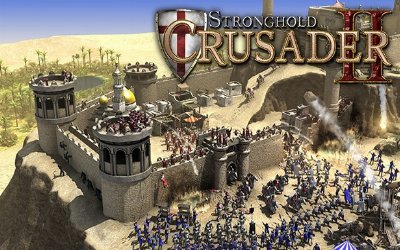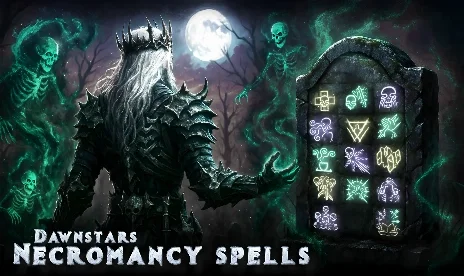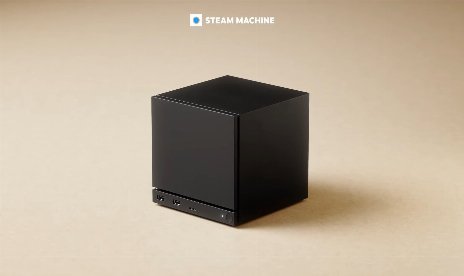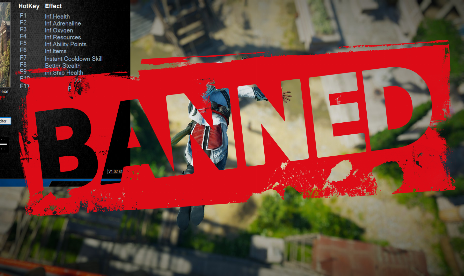Game Sales for 2003 – Conclusions

The final, hopefully, overall game sales figures for 2003 have been released, suggesting that Teen and Everyone rated titles were the real winners of the year. Although some of these figures may be accounted for by the many GBA owners, it would also seem that Nintendo's recent sales success may also be behind such changes.
The figures released also shed some light into exactly how console gaming compares to PC, with results demonstrating that gamers choose different title genres depending on the platform the own. Console gamers focus on Action and sports and racing games while PC owners go for RPG games and shooters. The inclusion of children entertainment games in the PC favorite list, simply indicates how popular PC's have become. These findings clearly indicate that PC and console gaming are definitely not mutually exclusive and owners of both platforms can enjoy a wider variety of titles.
While the media and politicians focused on Mature-rated video games in 2003, new data reveals that the percentage of M-rated games sold last year actually declined while the number of Teen-rated games sold rose, according to the Entertainment Software Association (ESA), the U.S. association representing computer and video game software publishers. The data shows that combined sales for computer and video games exceeded USD 7 billion for the first time ever, and that a record number of console video games sold more than 500,000 and one million units.
While total sales were slightly below the most bullish forecasts, the record number of blockbuster releases shows that the popularity of video games is strong and growing, said Douglas Lowenstein, president of the ESA. Moreover, the fact that 44 of the 49 games that sold more than half a million units were rated E or T reflects the fact that this industry is producing a broad array of highly entertaining content appropriate for people of all ages. That's a major reason why entertainment software continues to outpace the annual growth posted by the movie and music industries.
Lowenstein speculated that the decline in sales of Mature-rated games likely reflects the absence of many major blockbuster titles in the genre in 2003, a fact that could change in 2004 depending on upcoming product releases.
Consistent with past years' numbers, announced by the ESA and annually compiled by the NPD Group, the majority of games that sold were rated "E" for "Everyone" (54 per cent), followed by "Teen" (T) rated games (30.5 per cent) and by "Mature" (M) rated games (11.9 per cent). In 2002 E-rated games accounted for 55.7% of games sold, T-rated games 27.6 per cent and M-rated games made up 13.2% of games sold. Of the top 20 best-selling console games, 70 per cent were rated E or T, while 90 per cent of the top 20 computer games were rated either E or T.
Overall, 2003 U.S. sales of console games totaled USD 5.8 billion (186.4 million units) while computer games accounted for USD 1.2 billion (52.8 million units) in sales. Total game software sales in 2002 were USD 6.9 billion, with console games bringing in USD 5.5 billion in sales and computer games accounting for USD 1.4 billion. (Note: The numbers released by the ESA today do not include sales of game hardware or accessories.) A record nine console games sold more than one million units, and all were rated E or T. Thirty-nine console games sold more than 500,000 units and 83 exceeded the 250,000 unit barrier. Comparable numbers for 2002 were six, 33, and 73, respectively.
The future strength and promise of interactive entertainment comes across loud and clear when we note that ours was the only entertainment industry to continue to grow in 2003, added Lowenstein. According to numbers compiled by the NPD Group, total game software sales in 2003 grew while both the movie and music industries reported losses compared with 2002 sales according to estimates made by Exhibitor Relations and Nielsen SoundScan, respectively.
Console game players most often purchased action (27.1 per cent), sports (17.6 per cent), and racing titles (15.7 per cent), role-playing games (8.7 per cent), fighting games (6.9 per cent), family entertainment (4.7 per cent), and shooter games (4.6 per cent).
Computer gamers, however, most often purchased strategy games (27.1 per cent), children's entertainment games (14.5 per cent) and shooter games (13.5 per cent), followed by family entertainment titles (9.5 per cent), role-playing games (8.7 per cent), sports titles (5.8 per cent), racing (4.4 per cent), adventure (3.9 per cent), and simulation games (3.5 per cent).



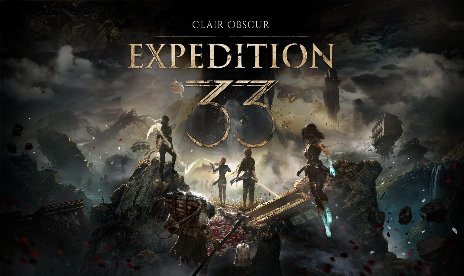
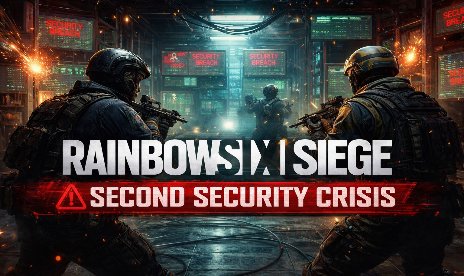
![Tempest Rising v20240421-v20251215+ (+23 Trainer) [FLiNG]](https://9588947a.delivery.rocketcdn.me/wp-content/uploads/2025/04/tempest-rising-1_0-464x276.png)

![Constance v1.0 (+3 Trainer) [PLAYMAGiC]](https://9588947a.delivery.rocketcdn.me/wp-content/uploads/2026/01/Constance-01-464x276.jpg)







